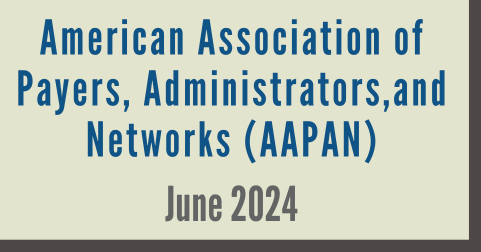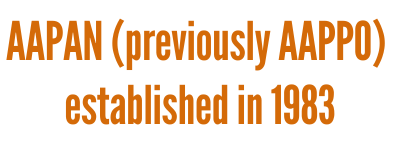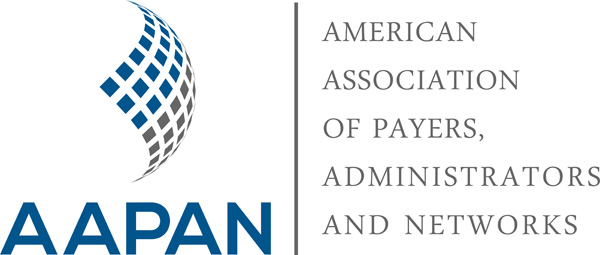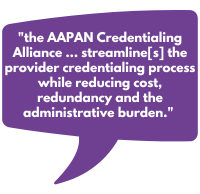American Association of Payers, Administrators, and Networks (AAPAN)

IAIABC: Please provide an organizational overview (number of employees, years in business, vision)
Amy Seiler, Assistant Vice President, Communications, AAPAN:
- Employees:
- Five
- Years in Business:
- The American Association of Payers, Administrators and Networks (AAPAN), previously known as American Association of Preferred Provider Organizations (AAPPO), was established in 1983.
- Where we do business:
- Our association serves organizations in all 50 states and in the US territories.
- Vision:
- AAPAN, through its diverse membership of industry stakeholders, is an influential, innovative voice in educating and advocating for equitable, transparent and efficient healthcare for commercial and government health and casualty markets.

IAIABC: How does your organization serve the workers’ compensation industry?
AS: AAPAN serves as an advocate that respects and balances the unique business needs of its’ members so that our workers’ compensation members may provide more effective patient access to appropriate, quality healthcare. Our association members collaboratively help shape initiatives for each of our core focus areas, administrative simplification, advocacy and collaboration.
IAIABC: What do you see as some of the major challenges the industry is facing, and how can we as a community address them?
AS: AAPAN continues to educate and advocate at the federal and state levels to ensure that policymakers understand the unique nature of workers’ compensation and the value our members bring to healthcare. These strengths are key as the industry seeks to address issues such as potential federal encroachment on state workers’ compensation systems, WC pharmacy-related issues (such as workers’ compensation PBM’s being “swept up” into commercial health PBM legislation or the rescheduling of marijuana), or significant changes at HHS/CMS that may impact our industry (such as consideration of movement to a value-based reimbursement model), etc. To address these broader issues, coordinated communication and consensus-building among WC industry stakeholders is crucial.
IAIABC: Are there any projects/programs/initiatives going on at your organization that you are particularly excited or enthusiastic about?
AS: Escalating administrative costs pose a significant burden for all commercial/government health and workers’ compensation organizations, both in dollars and in time. Many “back-office” processes that are needed operationally but not transparent to the injured worker are ripe for streamlining. AAPAN and its members actively explore and develop solutions that bring about operational efficiency and reduce these costly burdens.
One of the solutions that has come from our association is the AAPAN Credentialing Alliance, which was developed to streamline the provider credentialing process while reducing cost, redundancy and the administrative burden. Today a provider that is participating in five different networks will go through the credentialing process five different times over a three-year period. With the AAPAN Credentialing Alliance, all those credentialing dates are aligned. The provider only goes through the credentialing process once and the cost is split between the five networks. Alliance members benefit from a significant reduction of cost, and providers benefit with a reduction of administrative workload.
IAIABC: What's an interesting fact about your organization that most people don't know?
AS: We have councils devoted to specialty areas within the workers’ compensation market including pharmacy care, physical medicine, hearing and auto PIP.
IAIABC: Why is your organization a member of the IAIABC? What would you tell others about the benefits of membership?
AS: We are a member to establish better relationships and create an open line of communication with those regulating and legislating our industry.
